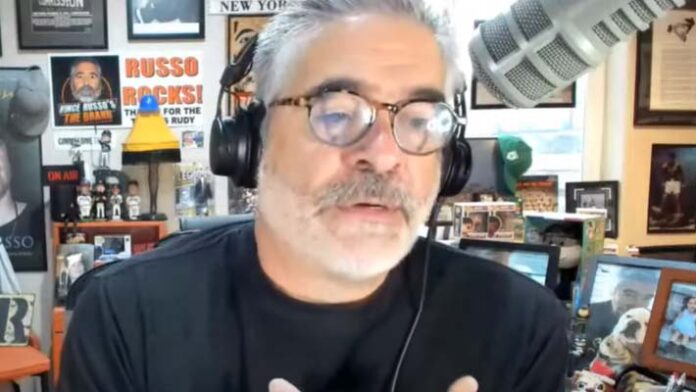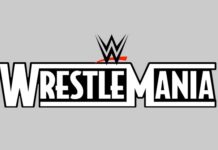
The pro wrestling business has come a long way since the days of the infamous Attitude Era.
Vince Russo knows this better than most.
The former WWE, WCW and IMPACT Wrestling writer recently appeared as a guest on the “INSIGHT with Chris Van Vliet” podcast for an in-depth interview covering all things pro wrestling.
During the discussion, Russo explained how the business has changed since his days as a writer for some of the top promotions in the industry.
Featured below are some of the highlights.
On how in his day the business was about story and characters and now focuses much more on in-ring action: “It’s all about the fake match and has nothing to do with the characters and the story. I mean, that’s it bro, you know, back in the day going all the way back to Bruno man. It was all about characters and story. That’s what draws the casual fan.”
On how he booked “crash tv,” which were quick matches that were more storyline based, adding that he would change the channel if there was too much in-ring action: “Wrestling matches don’t draw a casual fan, that’s why I did crash TV. Five to eight minutes, the matches are over, boom, boom, what’s next, boom. You turn it on today then the main event of Raw starts at 10:30. Bro, if I’m not a wrestling fan [of] in-ring action, I’m not watching it, because the reality of the situation is whether we want to believe it or not, fans of the in-ring action, that’s a very niche audience. That is a very niche audience. That’s why I knew when I started writing it WWE, bro, I had to open that up. Because if you didn’t like wrestling, you weren’t watching the show. So, how was I going to get people to watch the show? Real simple, create characters that they fell in love with and they were emotionally tied to, and then give those characters story, because now you gotta you got them hooked now they gotta tune in every week. All that is gone, it is non-existent, and my thing is Chris, I don’t think I would have such a problem if they just changed the name, don’t call it wrestling, call it performance art, or call it something else.”
Check out the complete interview via the YouTube player embedded below.







